Unit C – Viewpoints
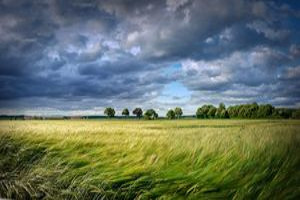
This English scheme of work for Key Stage Two gets the children to investigate opposing viewpoints as presented in the media about environmental issues, explore spellings of words with cial endings and practise punctuating sentences using commas. The class can outline arguments for and against wind turbines.
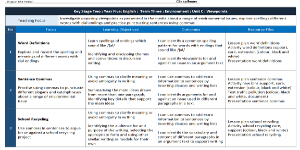
Investigate opposing viewpoints as presented in the media about environmental issues, explore spellings of words with cial endings and practise punctuating sentences using commas
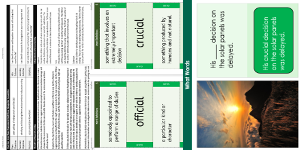
Lesson One : Word Definitions
Explore and record the spelling and meanings of some different words with cial endings to use in example sentences about an environmental issue that might affect the world
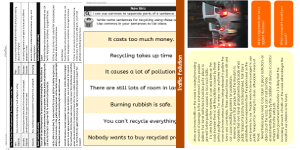
Lesson Two : Sentence Commas
Practise using commas to punctuate different slogans and catchphrases about a range of environmental issues to indicate their impact on affected groups
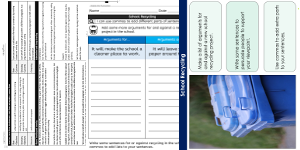
Lesson Three : School Recycling
Investigate how to select and use commas in sentences for a discussion text to present and argue viewpoints for or against a school recycling project
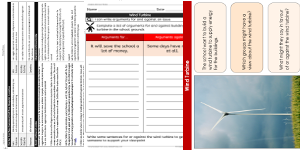
Lesson Four : For or Against
Explore how to select and record a list of arguments presenting viewpoints for and against installing a wind turbine in the school grounds

Lesson Five : Wind Turbine
Practise composing and presenting a speech outlining some of the arguments for and against installing a wind turbine in the school grounds
-

Theme Park Visit
Practise identifying and calculating the timing and duration of rides and events when visiting a theme park on a special family trip
-

Family Holiday Trips
Identify and record how to compose and publish recounts using adverbials of time and place to describe family holidays to different places in the world
-

Money Multiplication
Explain and model how to use standard written calculation methods to multiply money amounts in pounds and pence when solving number problems
-

Sport Teams
Explain and model how to use brackets and dashes to add extra information to sentences describing how to play sports and games as part of a team
